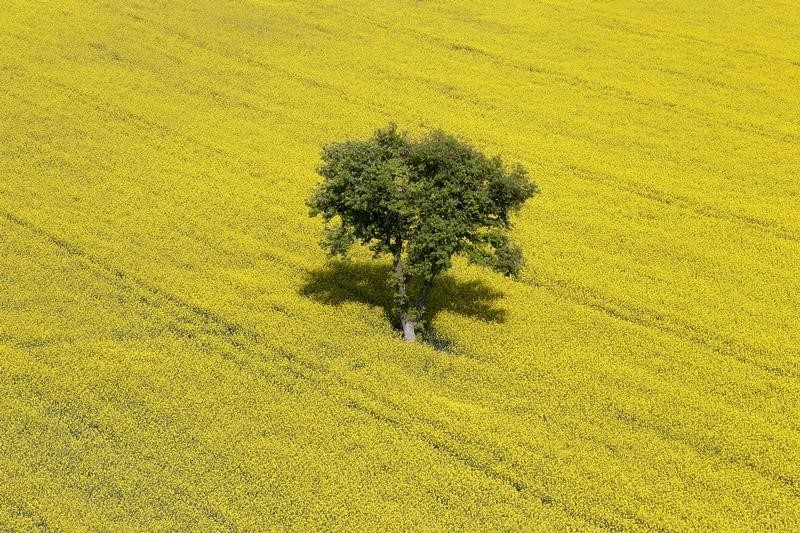By Rod Nickel
WINNIPEG, Manitoba, April 24 (Reuters) - A snowy spring on the Canadian Prairies is raising jitters from the farm to the futures market about double delays in harvesting and planting in the major wheat- and canola-exporting country.
Many fields went unharvested last fall due to wet weather, and farmers hoped to salvage those crops before planting the next this spring.
The province of Alberta alone has 1.2 million to 1.5 million acres (486,000 to 607,000 hectares) left to harvest, much of it canola and wheat, said government crop specialist Harry Brook. ICE Canada canola futures RSv1 have gained about 10 percent in the past three weeks.
Barrhead, Alberta, farmer Ken Degner can see the reason for rising prices through his window, where 1,350 acres of canola, wheat and barley are still in his snowy fields.
"I don't know what I can do," Degner said. "Who expected it to still be snowing end of April?"
Degner's unharvested crops represent 90 percent of last year's plantings and are not insured for this type of risk, which is a first on this scale in his 30 years of farming.
Farmers intend to plant the biggest-ever area in canola, used to make vegetable oil, Statistics Canada said on Friday. Canada is the world's biggest exporter and grower of the yellow-flowering crop.
It is not unusual for central Alberta to have crop left over to harvest in spring, but the high amount this year stands out, Brook said.
"Potentially, it could be a big deal," he said.
Most Canadian Prairie crop planting occurs in May, but this year it could extend into June, Brook said. Planting later raises the risk that cold nights in late summer may damage immature crops.
Snow is possible for most Prairie crop-growing areas on Monday, according to the federal weather forecasting agency Environment Canada. Central Alberta's soil is already soaked, having collected over twice as much precipitation as normal in the 30-day period ending April 20, according to Agriculture and Agri-Food Canada.
Drier weather ahead should enable most Prairie farmers to plant on time. But it may not be enough for central and western Alberta, which needs about six straight arid weeks to dry soggy soils, harvest last year's crop and plant the new one, said Drew Lerner, senior agricultural meteorologist at World Weather.
"It is very disconcerting," he said. "There's a lot of folks that are going to get hurt."
